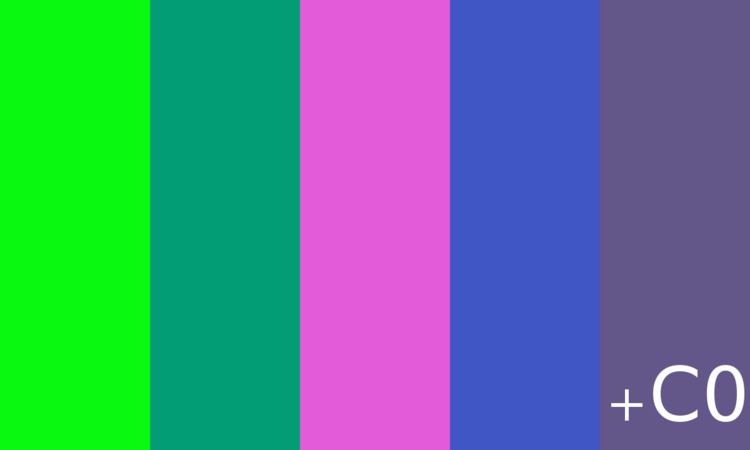 | ||
An illegal number is a number that represents information which is illegal to possess, utter, propagate, or otherwise transmit in some legal jurisdiction. Any piece of digital information is representable as a number; consequently, if communicating a specific set of information is illegal in some way, then the number may be illegal as well.
Contents
Background
A number may represent some type of classified information or trade secret, legal to possess only by certain authorized persons. An AACS encryption key that came to prominence in May 2007 is an example of a number claimed to be a secret, and whose publication or inappropriate possession is claimed to be illegal in the United States. It allegedly assists in the decryption of any HD DVD or Blu-ray Disc released before this date. The issuers of a series of cease-and-desist letters claim that the key itself is therefore a copyright circumvention device, and that publishing the key violates Title 1 of the US Digital Millennium Copyright Act.
In part of the DeCSS court order and in the AACS legal notices, the claimed protection for these numbers is based on their mere possession and the value or potential use of the numbers. This makes their status and legal issues surrounding their distribution quite distinct from that of copyright infringement.
Any image file or an executable program can be regarded as simply a very large binary number. In certain jurisdictions, there are images that are illegal to possess, due to obscenity or secrecy/classified status, so the corresponding numbers could be illegal.
In 2011 Sony sued George Hotz and members of fail0verflow for jailbreaking the PlayStation 3. Part of the lawsuit complaint was that they had published PS3 keys. Sony also threatened to sue anyone who distributed the keys. Sony later accidentally tweeted an older dongle key through its fictional Kevin Butler character.
Flags and steganography
As a protest of the DeCSS case, many people created "steganographic" versions of the illegal information (i.e. hiding them in some form in flags etc.). Dave Touretzky of Carnegie Mellon University created a "Gallery of DeCSS descramblers". In the AACS encryption key controversy, a "free speech flag" was created. Some illegal numbers are so short that a simple flag (pictured to the right) could be created by using triples of components as describing red-green-blue colors. The argument is that if short numbers can be made illegal, then anything based on those numbers also becomes illegal, like simple patterns of colors, etc.
In the Sony Computer Entertainment v. Hotz case, many bloggers (including one at Yale Law School) made a "new free speech flag" in homage to the AACS free speech flag. Most of these were based on the "dongle key" rather than the keys Hotz actually released. Several users of other websites posted similar flags.
Other examples
There are other contexts in which smaller numbers have run afoul of laws or regulations, or drawn the attention of authorities.
In 2007, the Belgian minister of the Interior wrote a letter to the Belgian Football Association asking them to forbid fans in the stadiums from wearing football shirts displaying the numbers 88 and 18 without a name, due to the connotation those numbers were deemed to have with Adolf Hitler in right-wing fan circles.
In 2012 it was reported that the numbers 89, 6, and 4 each became banned search terms on search engines in China, because of the date (1989-06-04) of the June 4th Incident in Tienanmen Square.
Due to the association with gangs, in 2012 a school district in Colorado banned the wearing of jerseys that bore the numbers 18, 14, or 13 (or the reverse, 81, 41, or 31).
A Swedish student's flat was visited by police in 2015 after the number "21" (that appeared on two balloons in the shape of the digits "2" and "1" marking her age) was mistaken by a passer-by for the letters "IS", which were suspected of signifying the Islamic State group.
